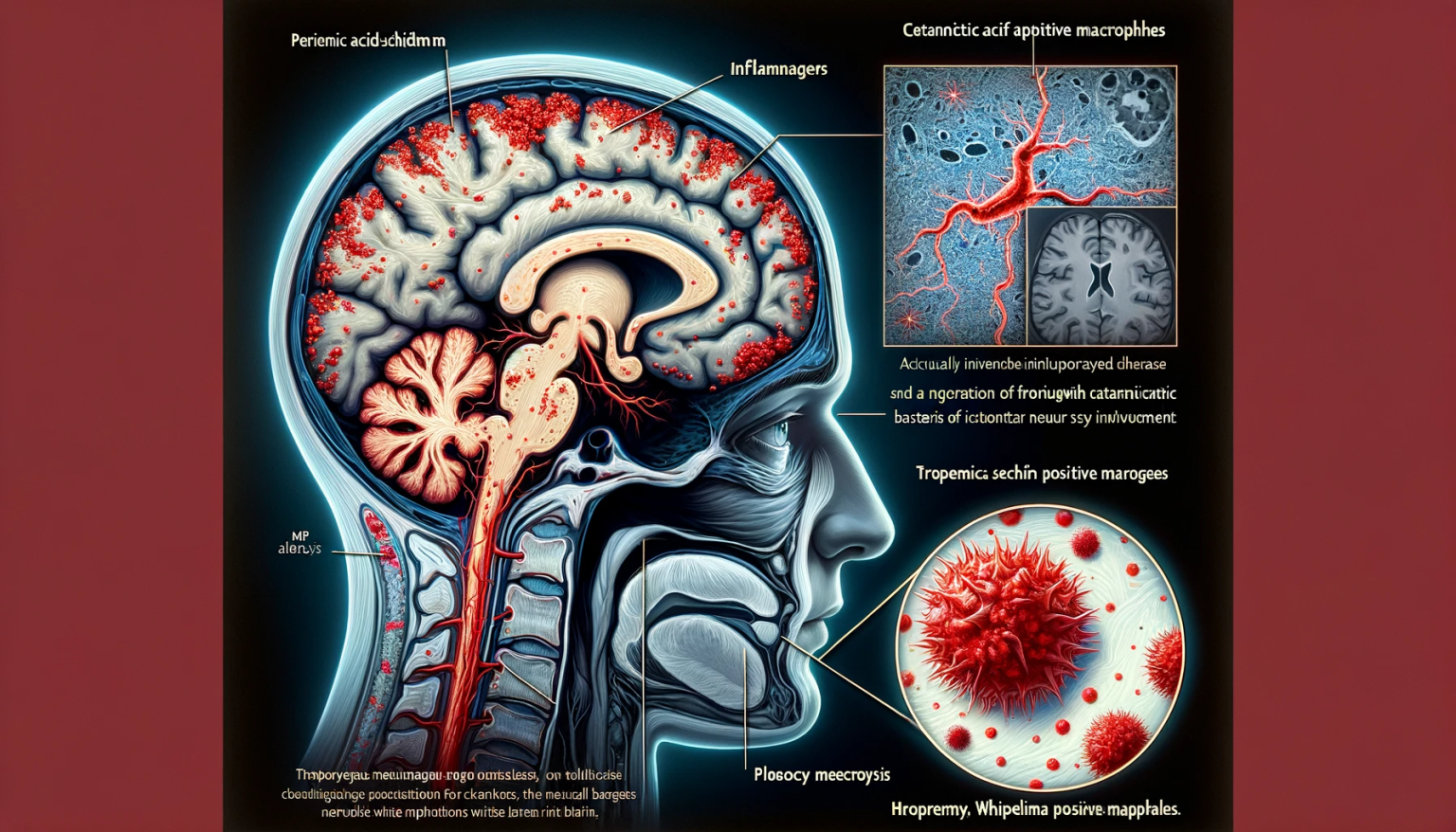Abstract: The Pharmacological Balancing Act
The Dichotomy of Seizure Suppression Anticonvulsant medications, cornerstone agents in the management of epilepsy, come with an inherent dichotomy: the quest for seizure control versus the challenge of adverse effects.
The Neurological Ripple Effect
Cognitive Considerations: The Fog Over Function Common neurological side effects include cognitive impairment, such as memory disturbances, decreased concentration, and psychomotor slowing, often referred to as “brain fog.”
Behavioral Reverberations: Mood’s Pendulum Mood alterations, ranging from irritability to severe depression, can be significant. Certain anticonvulsants require vigilant monitoring for signs of mood destabilization.
Systemic Side Stepping
The Hepatic Hurdle: Enzymatic Engagements Liver enzyme induction or inhibition by anticonvulsants can lead to systemic drug interactions and hepatic dysfunction, necessitating regular liver function tests.
Cutaneous Consequences: Dermatological Distress Skin reactions vary from mild rash to life-threatening conditions such as Stevens-Johnson syndrome, mandating immediate cessation of the offending agent upon the first signs of a reaction.
Metabolic and Endocrine Interplay
Bone Density Dilemma: The Osteopathic Overlook Chronic use of certain anticonvulsants is linked to decreased bone mineral density, increasing the risk of osteoporosis and fractures, especially in the elderly.
Weighty Concerns: The Scale’s Response Weight gain or loss can occur, depending on the medication. Agents like valproate are notorious for weight gain, while others like topiramate tend to cause weight loss.
Conclusion: Treading Carefully in Therapeutic Waters
Individualized Treatment: The Precision Prescription The choice of anticonvulsant should be individualized, taking into account the side effect profile relative to the patient’s comorbidities and risk factors.
Ongoing Vigilance: The Clinician’s Watch Clinicians must remain vigilant, balancing effective seizure control with the potential for adverse effects to ensure optimal patient outcomes.








